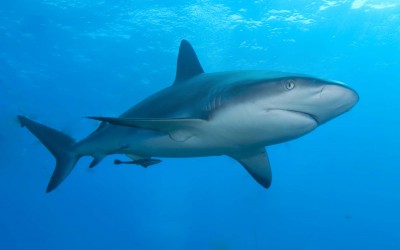The Shark documentary on BBC 1 last night was fascinating (and a pleasant break from GE coverage!). Sharks have a bad reputation, not least as a result of the 1970’s blockbuster, Jaws. But actually they are a species that pose very little threat to humans and instead are truly majestic creatures.
You may think this is a little off topic. What do they have to do with the human eye? Well you might be surprised to learn that the shark’s eye structure is very similar to that of a human’s eye with a cornea, lens, retina, pupil and iris. In fact so similar that the shark cornea has been used in human eye surgery.
However the eye surround is very different. Many sharks don’t blink, they just use their eyelids when they need protection and rarely close their eyes. Some don’t even have eyelids, instead species like the great white roll their eyes into their head when they need protection, usually when feeding. They also have the ability to see in the dark due to the eye tissue called the tapetum lucidum which can lead to their eyes appearing to glow in the dark, much like the household cat.
From the goblin shark to the tasselled wobbegong, there is a lot more to the species than the great white which stole the show in the Steven Spielberg thriller. We need to preserve the lives and habitats of this remarkable predator.













